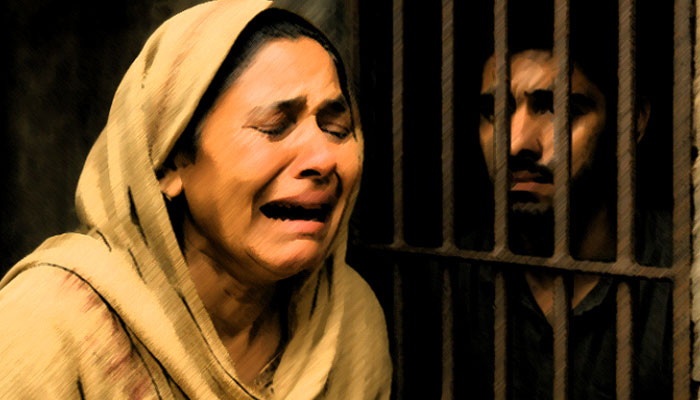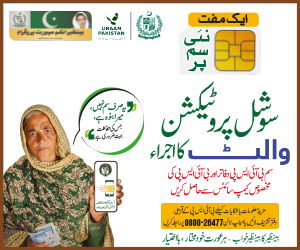People still bring up Jammu and Kashmir like it’s all about Kashmir’s mountains and politics. The thing is, Jammu’s own story gets buried under that narrative. The whole Jammu-Kashmir pairing wasn’t some natural fit either. Back in 1846, Maharaja Gulab Singh from Jammu basically bought Kashmir Valley from the British through the Treaty of Amritsar. Historian Victoria Schofield pointed out how it was Dogra rulers from Jammu calling shots over Kashmir, forcing two different cultures together.
“It was not a Kashmiri ruler but a Dogra ruler from Jammu who became the Maharaja of Kashmir, thereby creating an artificial unity between two culturally different regions.”¹
British officials noticed the divide early on. Walter Lawrence wrote in 1895 that Jammu stayed Dogra Hindu land while Kashmir Valley kept its Muslim Persianate vibe. From day one, politics glued these regions together even though their cultural roots went separate ways.
“Jammu is essentially Dogra country, a Hindu land of Rajput traditions, while the Valley of Kashmir remains the abode of the Muslim Kashmiri people with Persianate influences.”²
Jammu’s Dogras speak Dogri and Punjabi dialects, celebrating festivals like Lohri tied to Rajput traditions. Meanwhile Kashmir Valley runs on Kashmiri language with Sufi mysticism and Shaivite philosophy shaping its identity. Political expert Sumantra Bose put it straight – Jammu links culturally to Punjab more than Kashmir Valley ever did.
“Jammu’s cultural links are with Punjab, not with the Valley. To speak of Jammu and Kashmir as a single cultural space is misleading; they are two separate worlds tied by political accident.”³
Post-1947 power dynamics tilted toward Srinagar under Sheikh Abdullah’s leadership and left Jammu feeling sidelined. Despite making up nearly half the state’s area and population, Jammu got fewer legislative seats. Balraj Puri noted how this imbalance made Jammu feel like junior partners in their own state.
“The imbalance in representation institutionalized the domination of Kashmir over Jammu, making the latter feel a subordinate partner in its own state.”⁴
Article 370 aimed at protecting Kashmiri identity ended up deepening Jammu’s exclusion according to Reeta Tremblay’s analysis. While Kashmir pushed for autonomy, Jammu folks wanted full integration with India from the start. The 1950s Praja Parishad movement’s “One Constitution” slogan became Jammu’s clearest protest against Valley-centric rule as Christopher Snedden documented.
“The people of Jammu tended to demand full integration with India, unlike the Valley’s leadership which demanded autonomy.”⁵
Even though Dogra Maharajas ruled from Jammu itself, scholarship kept focusing on Kashmir, says historian Alastair Lamb. Balraj Puri kept warning that ignoring Jammu meant erasing half the state’s reality for decades.
“The earliest and clearest articulation of Jammu’s discontent with Valley-centric politics, and its quest for integration with the Indian Union.”⁶
After Article 370 got scrapped in 2019 fulfilling Praja Parishad’s old demands, celebrations in Jammu mixed with fears about still being overshadowed in Delhi-Srinagar talks. Younger generations echo their elders’ frustration – discussions about J&K always center Kashmir while Jammu stays invisible.
“The Dogra Maharajas were not Kashmiri in origin; their seat of power and cultural identity lay firmly in Jammu.”⁷
Jammu isn’t just some add-on to Kashmir’s story but a region with its own Dogra heritage and political goals according to Puri’s final take in his book. Recognizing this separate identity isn’t optional but essential for any fair solution he argued decades back.
“The state is not a monolith. To speak of Kashmir without Jammu is to erase half the reality.”⁸
In a nutshell, Jammu is not just the “other part” of Jammu & Kashmir. It has its own past, Dogra roots, rich tongue, and wants in rule. As told by the mentioned historians , seeing Jammu as its own is not just a must in rule but also a fact of old times. Maybe now is the time for those who make rules and those who learn to think of the tale not just of the Valley. They must see Jammu’s true spot in the past and now.
References :
1 Victoria Schofield. Kashmir in Conflict: India Pakistan and the Unending War (London I.B Tauris 2000) p 12.
2 Walter Lawrence The Valley of Kashmir (London Henry Frowde 1895) p 3.
3 Sumantra Bose Kashmir: Roots of Conflict Paths to Peace (Cambridge Harvard University Press 2003) p 56.
4 Balraj Puri Jammu: A Clue to Kashmir Tangle (Delhi Sterling 1981) p 27.
5 Reeta Chowdhari Tremblay Democracy and Governance in Jammu and Kashmir (New Delhi Shipra 1999) p 44.
6 Christopher Snedden Kashmir: The Unwritten History (HarperCollins 2012) p 62.
7 Alastair Lamb Kashmir: A Disputed Legacy 1846–1990 (Roxford Books 1991) p 19.
8 Balraj Puri Kashmir Towards Insurgency (New Delhi Orient Longman 1993) p 11.
9 Balraj Puri op cit p59






Comments are closed, but trackbacks and pingbacks are open.